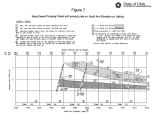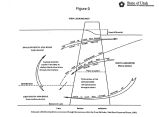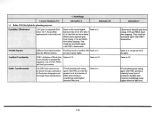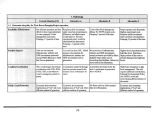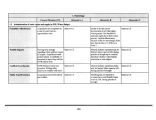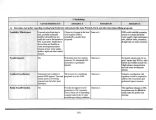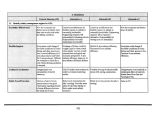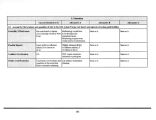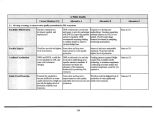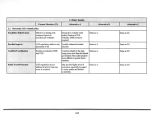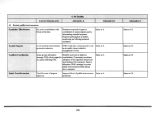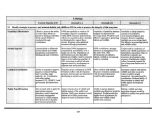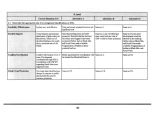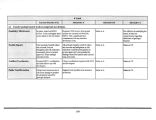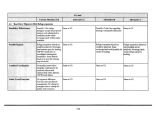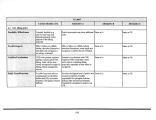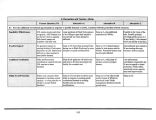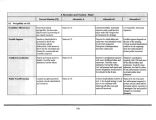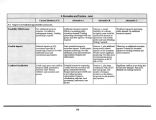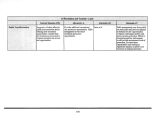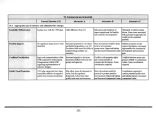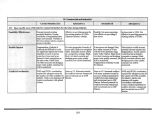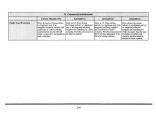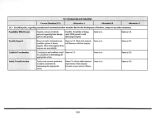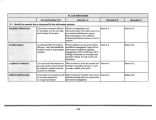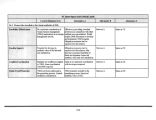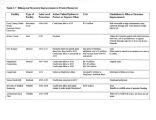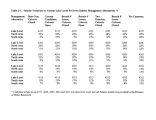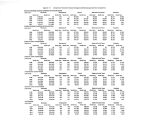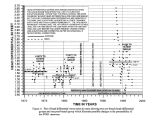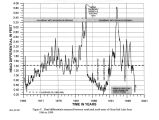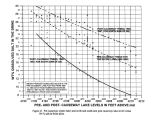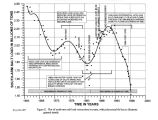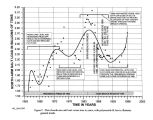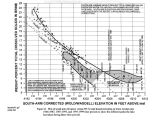| OCR Text |
Show Existing Regulations The Clear Air Act Amendments of 1990 provides the policies regarding areas not currently meeting federal health standards for certain criteria pollutants. It also requires that comprehensive state air quality plans be developed that will reduce pollutant concentrations to a safe level. The maximum allowable concentrations set by EPA for the criteria pollutants are known as the National Ambient Air Quality Standards ( NAAQS). Areas failing to comply with these standards are considered nonattainment areas and can be classified as marginal, moderate, serious, severe or extreme. An area with a marginal rating will have less time to reach attainment than an extreme classification. Currently, Utah has or is in the process of writing SIPS for several nonattainment areas; these include Davis, Salt Lake, Utah and Weber Counties. These counties are nonattainment areas for any single or combination of these pollutants: Particulate matter ( PM10) Sulfur dioxide ( S02) Ozone ( 03) Each state is responsible for developing plans to demonstrate how those standards will be achieved, maintained and enforced to protect public health, according to the Clean Air Act ( 42 U. S. C. Section 7401) requirements. These requirements set limits for maximum levels of pollutants in outdoor air. The SIPS and associated rules are enforced by the state and are subject to federal approval and compliance. These plans break down specific emission contributions from vehicles, industrial sources and human activities and also provide the framework for each state's program to protect air quality. Portions of Davis, Salt Lake, Tooele, Utah and Weber Counties have exceeded the health standards for the pollutants CO, 03, PM10 and S02 and Salt Lake, Ogden and Provo/ Orem cities are nonattainment areas for carbon monoxide ( CO) as shown by air monitoring station data and analysis. Once air quality compliance is accomplished, the implementation plan remains in effect and a maintenance plan is prepared to demonstrate how air quality will be maintained for at least the next 20 years. Twenty- five monitoring stations are strategically located across the Wasatch Front and collect representative data to determine how much of each pollutant is in the air. Air pollutant concentration models are used to assess area pollution levels and provide information for maintaining air quality standards ( DEQ, 1999). Air Quality Concerns Light interacting with chlorine leads to the formation of unstable molecules that can enhance environmental conditions for ozone formation when catalysts are present. Two studies have been completed examining the effects of chlorine emissions ( Hov, 1985 and Whitten, Johnson and Killus, 1982). Magcorp operates a facility located approximately 60 miles from Salt Lake City on the west side of GSL. This facility emitted about 44,300 tons of chlorine and 440 tons of hydrochloric acid during 1988. Concerns identified in public scoping and recent events indicate a need for coordination with DAQ. In November 1998, DEQ announced that soil and water sampling on Magcorp's property showed elevated levels of 62 |


















































